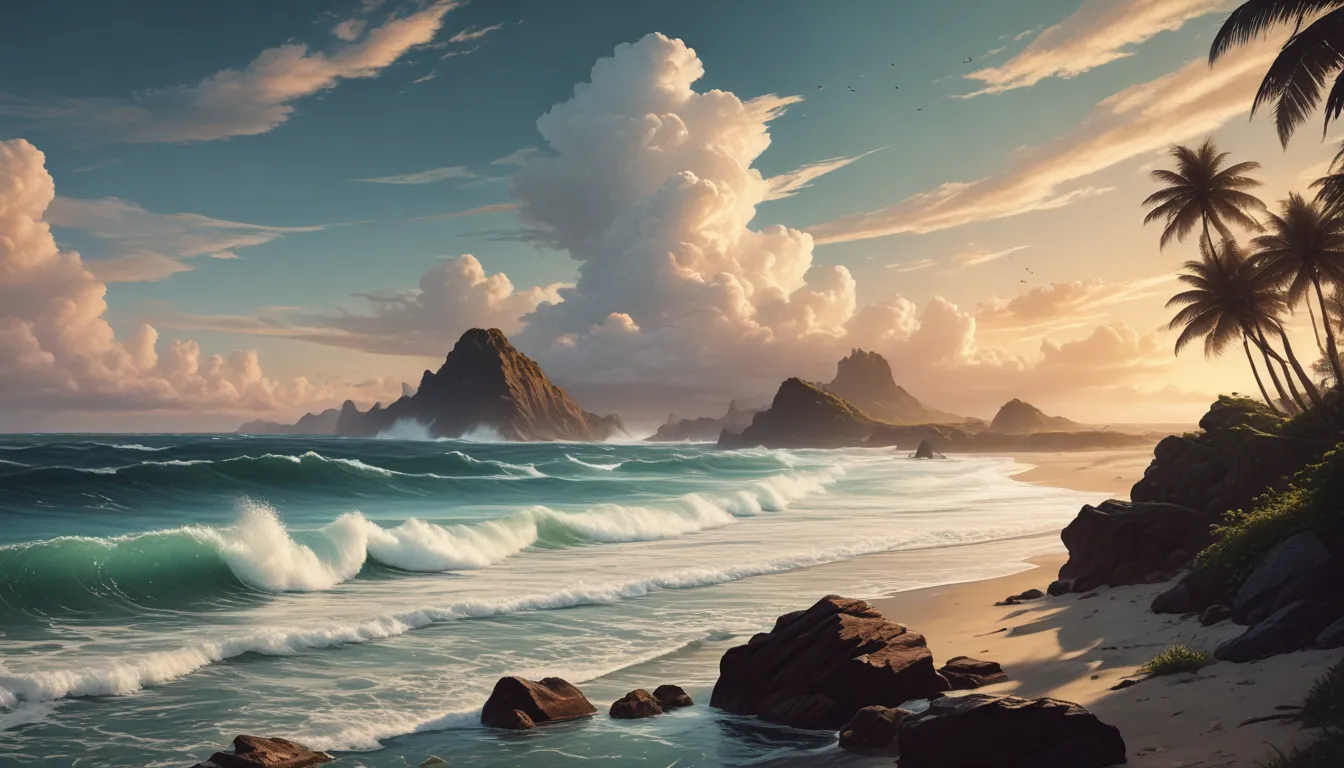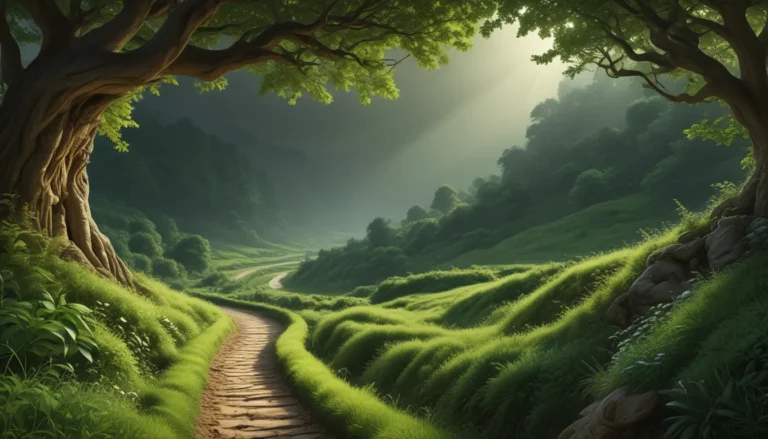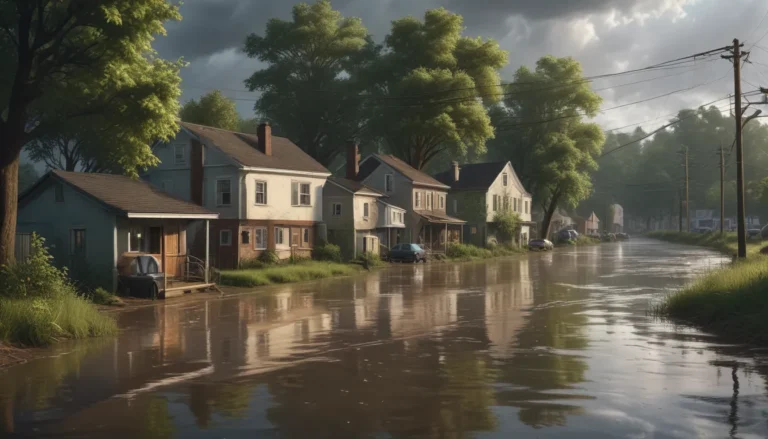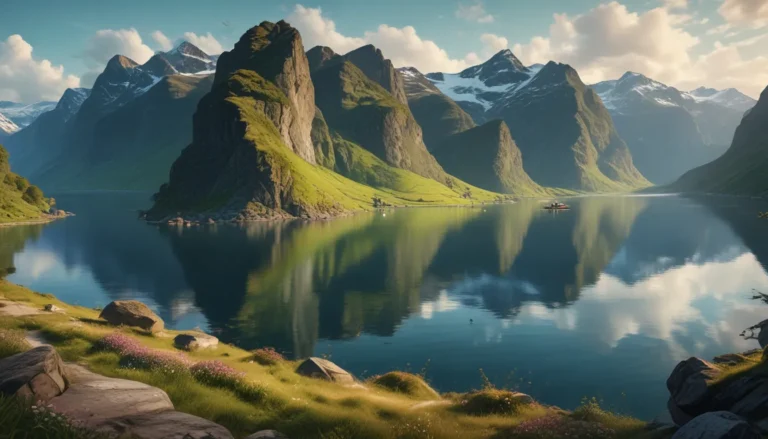A Note About Images: The images used in our articles are for illustration purposes only and may not exactly match the content. They are meant to engage readers, but the text should be relied upon for accurate information.
Coasts are more than just a meeting point between land and sea; they are dynamic, ever-changing environments teeming with life and beauty. In this article, we will delve into the captivating world of coasts and unravel 15 enigmatic facts that shed light on the awe-inspiring nature and vital significance of these unique geographical features. From the mesmerizing tides and shifting sand dunes to the diverse wildlife and ancient coastal formations, there is so much to discover and appreciate about our planet’s coastlines.
So, grab your virtual beach towel and join us on this coastal journey filled with wonders and secrets waiting to be uncovered.
Key Takeaways:
- Coasts are dynamic, diverse, and essential for life. They provide beauty, adventure, and protection, making them fascinating and crucial natural wonders to cherish and preserve.
The Ever-Changing Nature of Coasts
Coasts are in a constant state of change, shaped by the relentless forces of nature such as waves, tides, and currents. The ebb and flow of these elements result in shifting sands, erosion, and deposition, creating a dynamic environment that is always evolving and adapting.
A Haven for Diverse Ecosystems
Coasts are home to a myriad of unique ecosystems, ranging from salt marshes and mangroves to rocky shores and coral reefs. These diverse habitats support a rich biodiversity, providing a sanctuary for countless species to thrive and coexist harmoniously.
Nature’s Natural Defenders
Coasts act as natural barriers against the wrath of powerful storms, thanks to features like dunes and wetlands that help absorb their impact and protect inland areas. In an era of climate change and rising sea levels, the role of coasts in shielding communities from natural disasters cannot be understated.
A Playground for Tourists
With their picturesque beauty and endless recreational opportunities, coasts draw millions of visitors each year. From sunbathing on sandy beaches to engaging in water sports and encountering exotic wildlife, coastal destinations offer something for everyone to enjoy and savor.
Guardians of Carbon Storage
Coastal vegetation, including seagrass beds and salt marshes, play a vital role in absorbing and storing large amounts of carbon dioxide, contributing significantly to efforts to combat climate change. Their ability to sequester carbon underscores the importance of preserving these coastal habitats.
Battling the Forces of Erosion
Coastal erosion remains a persistent challenge, as the ceaseless action of waves and currents can lead to the gradual loss of land and property. Developing sustainable solutions to mitigate erosion is essential for safeguarding coastal communities and ecosystems.
Sustaining Livelihoods Along the Coast
Many communities worldwide depend on coasts for their livelihoods, whether through fishing, tourism, or maritime industries. The well-being of these communities is intricately linked to the health and sustainability of coastal ecosystems, emphasizing the need for responsible stewardship.
Nurseries of the Sea
Coastal habitats serve as crucial breeding grounds for a plethora of marine species, providing optimal conditions for their reproduction and early development. Protecting these habitats is imperative for ensuring the longevity and vitality of marine ecosystems.
Biodiversity Hotspots
Coasts are renowned for their incredible biodiversity, ranging from vibrant coral reefs teeming with marine life to bustling seabird colonies. These coastal havens support a diverse array of species, including many that are endangered or threatened, underscoring the need for conservation efforts.
Gateways to the Past
The constant evolution of coasts often reveals ancient artifacts and remnants of past civilizations, offering valuable insights into our human history and cultural heritage. Exploring the archaeological treasures hidden along coastlines adds another layer of intrigue to these enigmatic landscapes.
Champions of Conservation
Coasts face threats from pollution, stemming from unsustainable human activities such as industrial waste and oil spills. Protecting these fragile environments is essential for safeguarding our planet’s natural beauty and preserving the delicate balance of coastal ecosystems.
Economic Epicenters
Many of the world’s major cities and ports are situated along coasts, serving as vital hubs for global trade and commerce. These bustling coastal metropolises play a pivotal role in driving economic growth and connectivity on a global scale.
A Canvas of Natural Beauty
The breathtaking vistas found along coastlines, from rugged cliffs to pristine beaches and turquoise waters, showcase the unparalleled beauty of these enchanting landscapes. Each coastal vista is a masterpiece waiting to be admired and cherished by all who behold it.
Thrilling Adventures Await
Coasts offer a myriad of outdoor adventures, whether you’re surfing towering waves, exploring underwater wonders while snorkeling or diving, or hiking along scenic coastal trails. The opportunities for excitement and exploration are boundless along the mesmerizing shores.
Stirring Awe and Wonder
The awe-inspiring spectacle of the ocean meeting the land evokes a profound sense of wonder and reverence, captivating the hearts of poets, artists, and dreamers throughout history. Coasts hold a special allure that transcends time and culture, leaving a lasting impression on all who experience their majesty.
In conclusion, coastlines stand as testaments to the enduring power and beauty of nature, offering a glimpse into the wonders of our planet’s diverse landscapes. From their role in supporting ecosystems to their significance in shaping human activities and economies, coasts encapsulate a wealth of enriching experiences and valuable lessons. As we continue to marvel at the enigmatic charm of coasts, let us remember to uphold the importance of conservation and sustainable practices in preserving these precious natural treasures for future generations to enjoy.
FAQs
-
What causes the erosion of coastlines?
Erosion of coastlines can be attributed to factors such as wave action, wind, and longshore drift, which gradually wear away the land over time. -
How are barrier islands formed?
Barrier islands form through natural processes like sediment accumulation and wave action, creating protective barriers parallel to the shore against the forces of waves and storms. -
Are all coastlines the same?
No, coastlines exhibit diverse features and characteristics, varying from steep cliffs to sandy beaches, influenced by the geological composition of the land and ocean currents. -
What unique ecosystems are found along coasts?
Coastal areas host diverse ecosystems such as mangrove forests, salt marshes, and coral reefs, offering habitats for a multitude of species and contributing to the coastal environment’s health. -
How do coastlines contribute to the economy?
Coastal regions contribute to the economy through tourism, recreational activities, fishing, aquaculture, and shipping, playing a significant role in supporting industries and trade.
As you continue your exploration of the enchanting world of coasts, remember to tread lightly and appreciate the beauty and importance of these extraordinary environments. Whether you’re drawn to the natural wonders of the coast or intrigued by its historical significance, there is always something new and fascinating to discover along the shores. Embrace the magic of our planet’s coastlines and immerse yourself in their boundless splendor.






